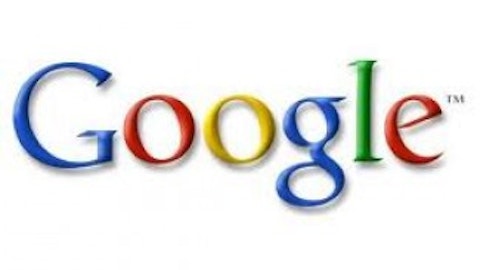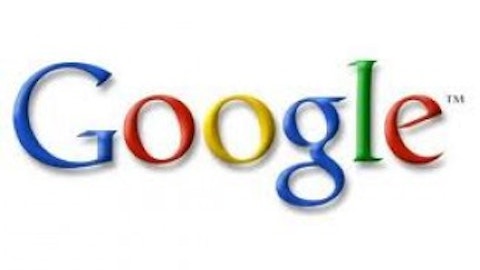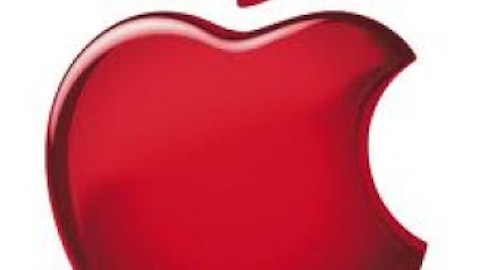As we begin the fourth quarter of the year, one of the highest-flying tech stocks of 2012 is a retro pick: AOL, Inc. (NYSE:AOL). AOL is up 133%, partly due to an improved perception of its business and partly due to a lucrative sale of much of its portfolio of patents to Microsoft (NASDAQ:MSFT). The Internet portal’s subscription service continues to deteriorate (revenue in this segment was down 14% in the first half of 2012 versus the same period in 2011) but it continues to aggressively apply itself towards managing content; growth in ad revenue caused total revenue to only be down 3%. Even without the sale of patents (and licensing of others), AOL’s operating income came in as positive, which it had not done in the first half of last year. We would also note that while AOL’s cash on hand of $1.5 billion is dwarfed by that of other large technology companies, it compares well with the company’s market capitalization of $3.3 billion.
The patent deal with Microsoft has skewed AOL, Inc.’s historical earnings upward, so the trailing P/E multiple of 3 is not meaningful. Forward earnings estimates imply a P/E multiple of 28, which is high, but keep that cash haul in mind- the company plans to pay a large special dividend in December in addition to buying back $600 million worth of stock, according to a late August announcement. AOL’s enterprise value (once the company’s debt is accounted for as well) is about $2 billion, which represents a 4.4x multiple on trailing EBITDA- from that perspective, the stock seems more fairly priced. Iridian Asset Management, managed by David Cohen and Harold Levy, increased the size of its position by 36% during the second quarter of 2012 and owned a total of 4.5 million shares at the end of June (see more stock picks from Iridian Asset Management). Barry Rosenstein’s JANA Partners initiated a position in the stock, buying 2.8 million shares over the course of the quarter (find more stocks JANA bought in Q2).
As a Web portal and traffic-oriented content provider, AOL’s closest peers are IAC/InterActiveCorp (NASDAQ:IACI) and Yahoo! Inc. (NASDAQ:YHOO). Yahoo doesn’t seem to be in as good a position as AOL, Inc.: it doesn’t have a brand with the cache of the Huffington Post, and we haven’t seen any attractive new initiatives from the company following its change in management. It trades at trailing and forward P/E multiples of 18 and 14, respectively. IAC’s properties include ask.com, dictionary.com, and match.com. As such, while it is not a portal it offers advertising-based content which competes with AOL and Yahoo’s offerings. IAC saw revenue growth of 40% in its most recent quarter compared to a year ago, though net income rose only slightly. It trades at 25 times trailing earnings, with the sell-side expecting that continued growth will start hitting the bottom line and assigning forward estimates which imply a P/E of 15 based on 2013 earnings and a five-year PEG ratio of 1.1.
Google Inc (NASDAQ:GOOG) is priced in about the same range as IAC- a trailing P/E of 23- but it is already seeing strong earnings growth, with the second quarter of 2012 being 11% higher than a year ago. It trades at 15 times forward earnings estimates, and so actually looks like the best pick of all. Google was also one of the ten most popular stocks among hedge funds for the second quarter of 2012 (see our full ranking of the ten most popular stocks among hedge funds) and so investors would be in good company. Microsoft, which we’ve mentioned as the purchaser of AOL’s patents, trades at 15 times trailing earnings and that figure includes a large non-cash charge. Its forward earnings multiple is 9, though in that case earnings are likely biased upward because of the release of new versions of Windows and Office. It also made our list of hedge funds’ most popular stocks, but we would still prefer Google.






